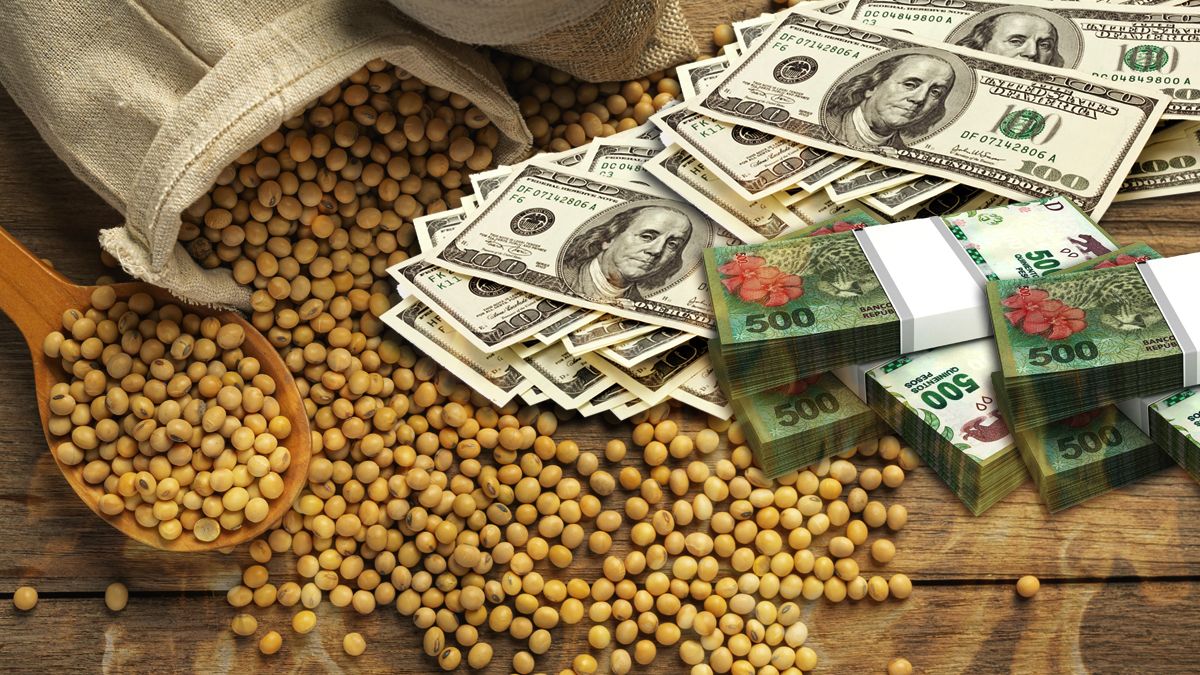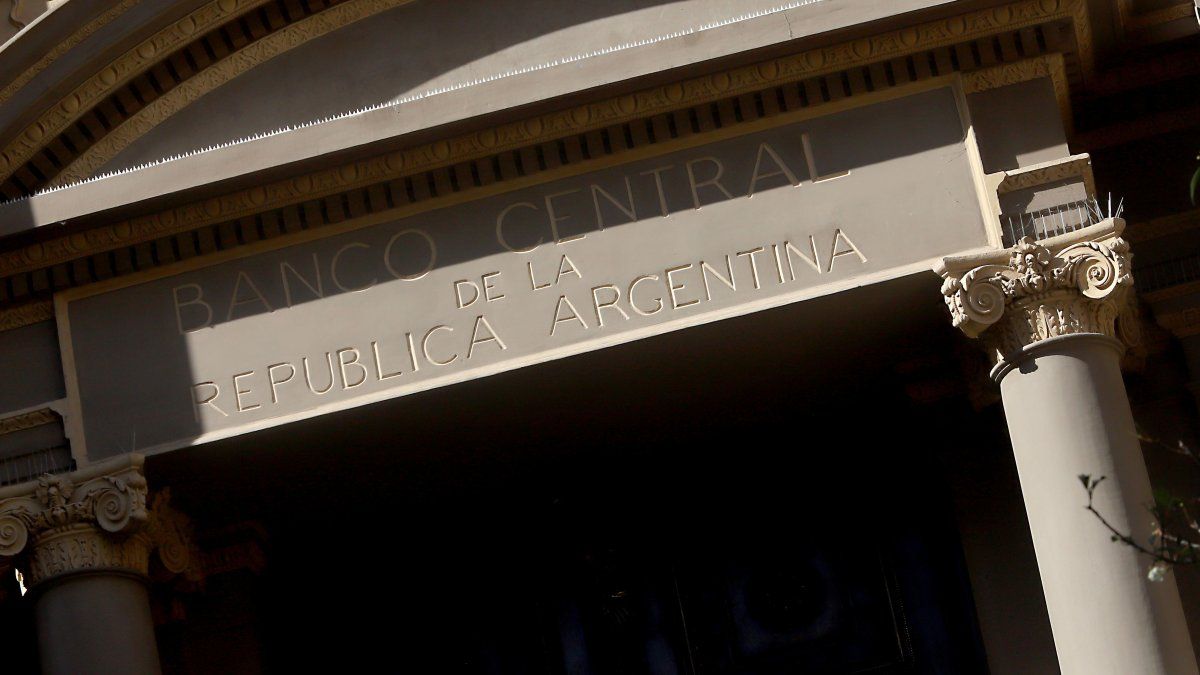As a summary, analysts from the Rosario Stock Exchange Guido D’Angelo and Emilce Terré detail: “The high purchases begin to turn to external sales for the Argentine Soybean Complex. More than three million tons of purchases in the first three days of the program left us with more than 621,000 tons of exports of soybeans and industrial products on Wednesday alone. In this context, the FOB prices of the main export products of the Soybean Complex, published by the Undersecretary of Agricultural Markets, fell. In this way, between Monday and Tuesday, the FOB prices with close shipment of soybean meal fell US$16 per ton, more than 3%, to settle around US$458 per ton. However, the most eloquent has been seen in soybean oil, which again fell below nominal 2021 levels. Oil fell 106 dollars per ton between Monday and Tuesday, closing Tuesday at US$1.27. As long as these measures have more days to run, we will see their effects on export prices and export quantities. For now, the prospects for commercialization started with a lot of momentum, with the results in sight. Regarding the commercial dynamics, the week was highlighted by a high level of buyers in the local market. At the same time, prices started above $72,500 for the highest offers. Over the course of days, these values were falling until they reached $67,000 per ton”.
In this framework, from the Rosario entity they anticipate that for the remainder of the month, new purchases by industry and exports could add between 3.7 and 6.1 million tons in September. At current prices, this could result in exports of a minimum of US$2,055 million up to US$3,390 million, and fiscal income from export duties of up to US$1,100 million.. At this point it is worth clarifying that the analysis does not refer to the direct liquidation of the agro-export companies, which is also subject to other factors such as the industrialization of the merchandise or the pre-financing of exports, but rather marks a reference regarding the market value of what producers can sell in the remainder of the month.
Controversy
Last week the BCRA raised the minimum financing rate for soybean producers who retain more than 5% of their harvest. This measure is complementary to the temporary rise in the exchange rate and as a direct signal to producers so that they do not withhold grains and make their sales in September. The truth is that the measure was immediately rejected by various Commerce and Grain Stock Exchanges in the country, together with the Association of the Argentine Soybean Chain (ACSoja) who expressed their rejection and requested its removal. The same thing happened with the Mesa de Enlace who explicitly spoke of “discrimination” towards the producers who decide when to sell their harvest. In any case, from the Government they try to escape the controversy and celebrate the entry of dollars.
Source: Ambito
David William is a talented author who has made a name for himself in the world of writing. He is a professional author who writes on a wide range of topics, from general interest to opinion news. David is currently working as a writer at 24 hours worlds where he brings his unique perspective and in-depth research to his articles, making them both informative and engaging.




